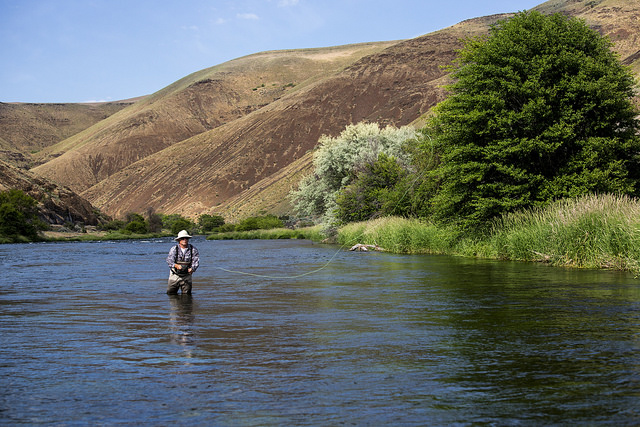
Central Oregon’s Deschutes River is one of the most outstanding rivers in the West. Fed by numerous giant springs with origins from the heavy snows of the Cascade Range, the river historically had one of the evenest hydrological regimes of any stream with no more than 8-10 inches between its high and low flows. And as a consequence of its springs, the water temperatures were warmer in winter, and colder in summer, making it one of the most productive trout fisheries in the West.
Indeed, the outstanding attributes of the Deschutes were recognized when in 1987, the Upper Deschutes River was designated a State Scenic Waterway. In 1988 it was designated a federal Wild and Scenic River.
But like many other rivers in the West, beginning around the turn of the last century, irrigation withdrawals began to change the river’s flows. And today the upper river functions primarily as an irrigation canal and is a shadow of its former self and greatly degraded as a result of irrigation dewatering.
LINK (via: The Wildlife News)





